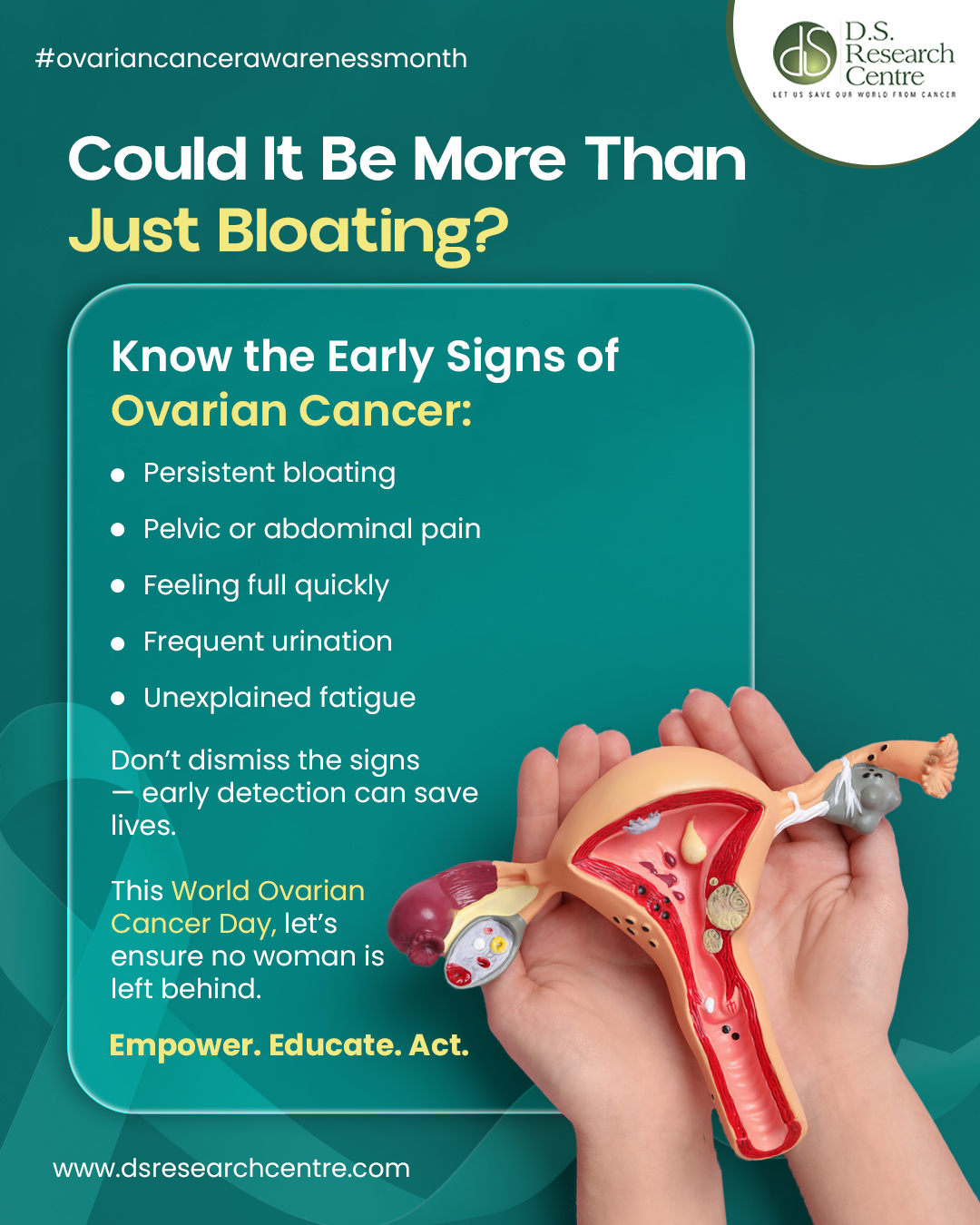“Cell is the building block of our Body”, we learn about this fact in our early school life and also about the continuous wear & tear of cells, a senile cell is replaced by a new one, but whenever there is the uncontrolled division of Cells, abnormal cells are formed. Cancer is a disease where there is uncontrolled division & multiplication of abnormal cells and the growth of these abnormal cells is to be controlled & arrested. So, battling the disease, on the whole, is more important than just treating its complications.
There are many types of cancer and each one develops differently. Some show slow progression, some are very aggressive, and few behave unpredictably. Some types of cancer respond well to treatment, while other types are more difficult to treat.
The purpose of treatment determines the type or method of treatment that is to be considered-whether it tries to cure cancer, prevent cancer from spreading or control the symptoms. The factors involved in determining the same are Site of Cancer, Extent of Disease, and Effect of Disease on the General health of a patient.
Just treating the complications of a disease isn’t the ultimate Goal, treating the disease & preventing further Progression is more important to aim at, let’s understand the Concept of Cancer: “Cancer is taken as a disease in the whole”. A tumor itself is not Cancer, it is a by-product of the whole disease, similar to all other complications. Some complications of Cancer commonly noted are:-
- Weight loss: - Mostly unwanted weight loss, referred to as Cachexia; characterized by deranged metabolism, loss of skeletal muscle, fatigue, and loss of appetite.
- Anemia: Some cancer types lead to depletion in blood cell count, and low hemoglobin; manifested as weakness, head reeling, heart-thumping, bleeding & bruises, frequent infections
- Bone loss (osteoporosis):- Considered as Dhatukshaya, loss of minerals from bone, leads to increase brittle bones & chronic pain.
- Problems Associated with Digestive System: - Loss of appetite, nausea, vomiting, diarrhea and constipation is the most common complaints in Cancer.
- Fatigue: - Persistent feeling of tiredness, low energy levels, weakness, and mild body ache, patient feels drained out.
- Organ damage: - The primary organ where the Cancer has developed loses its structural integrity & function, along with the organs where the disease has spread.
- Pain: - Pain because of cancer is caused by a tumor pressing on nerves, bones, or organs, Spinal cord compression, neuropathy, and occasionally there is psychogenic pain.
- Sleep problems: Difficulty in having sound sleep is common among patients, it mostly occurs due to symptoms related to disease, majorly pain & anxiety as Cancer also causes depression and anxiety.
CYCLE OF WELL-BEING

Ayurvedic Treatment:-
So to treat Cancer completely, instead of using only targeted therapies for tumor destruction & complication management, a systematic approach to the Disease eradication is the needs time. The concept of Ayurveda is mainly based on the harmony, protection, and restoration of the healing power of the body component, aiming at strengthening the human body system and in relation to our ecosystem. The ayurvedic method of treatment focuses on stimulating the self-healing function of the Body, through the Ahaar-Aushadh axis. As Ahaar dravya (human edibles) can be used as Aushdha dravya (medicine).
Metabolic dysfunction is universally accepted as one of the main reasons for initiating the pathogenesis of any disease including Cancer. In this disease, the microenvironment of the cell nutrition is affected adversely, which leads to normal cell damage.
The specific action of Ayurvedic medicine is noted at the Poshak Rasa level (nutrient supply); Agni levels (metabolic appreciation) and Strotas levels (tissue nutrition) and these form the base of Ayurvedic management of Cancer.
Ayurvedic herbs used in cancer therapy not only help to repair the metabolic system but also reduce the side effects and complications associated with cancer. Ayurvedic medicine has many active principles that operate synergistically to produce therapeutic benefits and reduce the risk of adverse effects. The medicines work on many levels:-
- Normal functioning of organ systems,
- Strengthening Immune system
- Establishing general harmony between organ systems.
- Management of Associated Problems: Such as Pain, insomnia, and fatigue.
- Managing Mental Health: Depression, Anxiety, distress
- Works equally on patients who have received conventional treatment even for those who haven’t.
- Psychological & Physiological Well Being
The therapeutic approach of Ayurveda has been divided into four categories as health maintenance, disease cure, restoration of normal function, and spiritual approach.
To treat Cancer we need to treat the root cause of the disease, only treating the symptoms will not help in eradicating the disease completely from the body, which if not done causes recurrence of the same, so chances of recurrence can also be lowered by following Ayurvedic line of treatment for diseases including Cancer.
The healing methods of Ayurveda teach us how to maintain our health and wellbeing. Health cannot only be just the absence of sickness. This includes “A Happy & Content state of our Soul, Mind & Senses”. Little effort from the patient yields a better result in treatment, such as Meditation on regular basis; this restores homeostasis in body function, light yoga, balanced diet based on Agnibala (digestion) with proper meal time.
The outcome of recommended method of Ayurveda harmonizes Mental & Physical balance, resulting in the regularization of Physiological & Metabolic activity in the body.








Posted on April 15, 2016
Posted on April 15, 2016